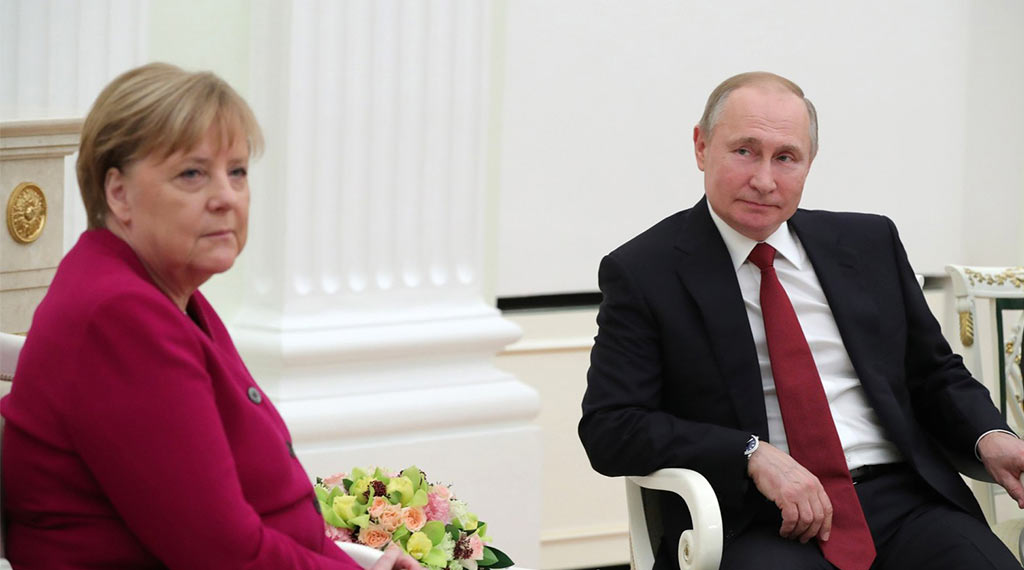
The US has sent two carrier task forces into the South China Sea, so far at the cost of one F-35C stealth jet that crashed on the deck of the USS Carl Vinson and fell into the sea after injuring seven crew members.
Meanwhile, the USS Harry S. Truman aircraft carrier strike group and NATO allies launched a major military exercise in the Mediterranean Sea on the same day the F-35 jet crashed, January 24.
The White House has let it be known that the President is considering sending US troops to Eastern Europe and the Balkans, along with fighter aircraft and warships. US troops in Europe have been notified and Biden is also looking for a reinforcement of another 8,500 soldiers from the US.
Still, while Eastern Europe reinforcement may be on the agenda, sending troops to Ukraine (at least under NATO auspices) seems off the table. “Many people would yearn to send active, physical support in the form of NATO troops to Ukraine,” UK Prime Minister Boris Johnson told Parliament, but “I don’t believe that to be a likely prospect in the near term. Ukraine is not a member of NATO.”
Meanwhile, the Russians have been moving heavy military hardware into Belarus, which has a 1,084-kilometer (674-mile) border with Ukraine. Russian media have put out videos of S-400 air defense systems moved onto railway cars headed for Belarus.
China, meanwhile, has sent 39 warplanes around Taiwan including 24 J-16 fighter jets and 10 J-10 jets, among other support and electronic warfare aircraft including the new J-16D, considered the most advanced and most secretive Chinese air force electronic warfare warplane.
The timing of the US carrier deployment in the South China Sea, and China’s answer of sending warplanes around Taiwan, shows that the Pentagon understands the great risk of getting caught in a two-ocean war (Russia, China) and is trying to preempt that.
Yet Washington’s attempt to counter the Russians, in the Mediterranean’s Ionian Sea, in the Black Sea and in Eastern Europe, as well as in the South China Sea and around Japan, also encourages the hotheads in Russia and China to push for military action, provoking a new world war.
Is there a chance for war or a chance for peace?
Some US allies in NATO are not supporting a battle with Russia. America’s Pacific Allies also are worried both about US and Chinese provocations.
In Europe, many of the allies are unsettled and divided – especially Germany. Germany’s new chancellor apparently turned down a one-on-one meeting with President Biden to discuss Ukraine, probably fearing arm twisting by Biden, preferring to participate in a NATO-wide teleconference with the US President.
Click HERE to read more.
- Israel’s attack on Iran: What we know so far - April 23, 2024
- Apply Israel-Iran lessons to Taiwan - April 18, 2024
- Rethinking tanks on the modern battlefield - April 12, 2024
